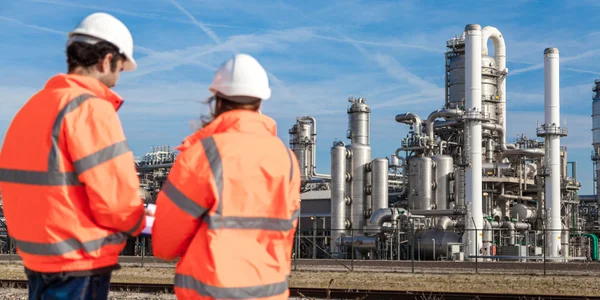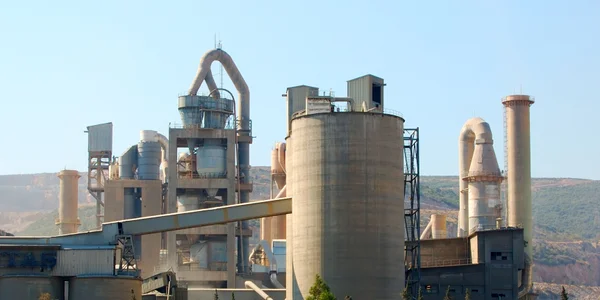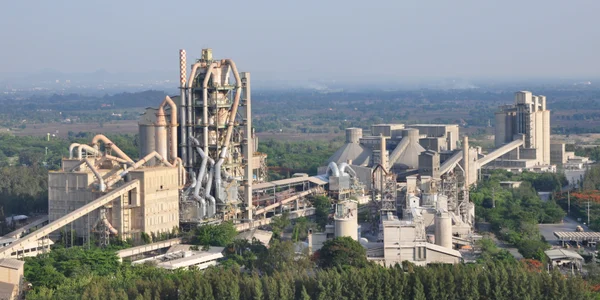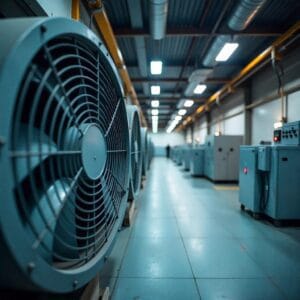Offices
HEADQUARTER

Germany
- Intensiv Filter Himenviro Technologies GmbH
Neustraße 45 - 49, 42553, Velbert, Deutschland/Germany - +49 20534200990
REGIONAL OFFICE

Great Britain
- Intensiv Filter Himenviro UK Limited
47, Bath Street WS13BX, Wallsall West Midlands, Great Britain - +44 1922 628893
REGIONAL OFFICE

United Arab Emirates
- Intensive Filter Himenviro Technologies FZE – LLC
Business Centre, Sharjah Publishing City Free Zone, Sharjah, UAE - +971-556074697
REGIONAL OFFICE

India
- Intensiv-Filter Himenviro Private Limited
D-247/11, Sector-63, Noida - 201301, Uttar Pradesh, India - +91-120-4642-500
REGIONAL OFFICE

India
- Intensiv-Filter Himenviro Private Limited
D-247/11, Sector-63, Noida - 201301, Uttar Pradesh, India - +91-120-4642-500
REGIONAL OFFICE

India
- Intensiv-Filter Himenviro Private Limited
D-247/11, Sector-63, Noida - 201301, Uttar Pradesh, India - +91-120-4642-500
Fertilizer Industry Air and Dust Filtration Solutions
The fertilizer industry involves processes that generate high levels of dust and particulate emissions during raw material handling, blending, granulation, and packaging. These emissions pose health hazards to workers, risk product contamination, and challenge regulatory compliance. Our advanced air and dust filtration solutions are specifically designed to meet the unique demands of the fertilizer sector, ensuring cleaner operations, environmental compliance, and improved workplace safety. By capturing dust at critical points, we enable fertilizer manufacturers to maintain operational efficiency, product integrity, and regulatory adherence.
Dust Filtration Process in the Fertilizer Industry
Our comprehensive approach begins with a thorough site survey, dust analysis, risk assessment, and regulatory review to ensure a clear understanding of your needs and compliance requirements. During the design phase, we develop a customized system tailored to your operations, incorporating advanced airflow engineering, optimal equipment selection such as baghouses and cyclones, and corrosion-resistant materials for durability. The installation process is handled by experienced professionals, ensuring seamless system commissioning and operator training for efficient use. We prioritize ongoing performance with regular maintenance, including filter cleaning, inspections, monitoring, data analysis, and necessary upgrades. Finally, we focus on regulatory compliance through accurate emission reporting and a commitment to continuous improvement, helping your operations remain efficient and environmentally responsible.
Applications for Fertilizer Dust Control

Controls dust emissions during the unloading, transfer, and storage of raw materials like urea, ammonium nitrate, and phosphate.

Captures dust generated during the blending and mixing of fertilizer components to maintain product consistency.

Filters airborne dust created during granulation processes, ensuring clean operations and reduced health risks.
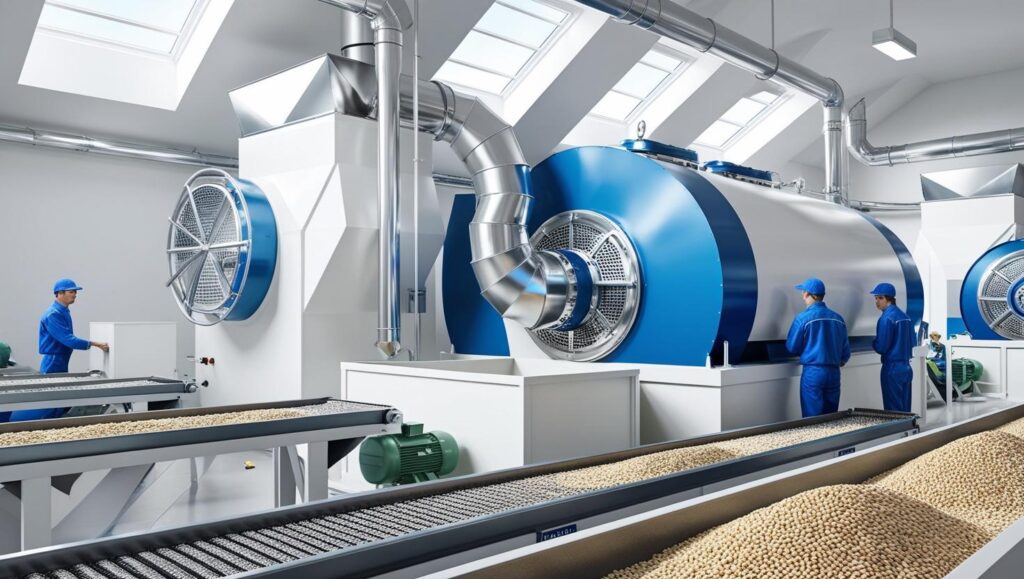
Manages fine dust emissions during the drying and cooling stages of fertilizer production.
Connect with us for Expert Consultation
Explore Our Other Services !
Frequently Asked Questions
Fertilizer plants handle extensive processes—crushing, mixing, granulation, drying, blending, and packaging—that generate high concentrations of dust and potentially harmful gases like ammonia (NH₃), sulfur oxides (SOx), and nitrogen oxides (NOx). Modern filtration systems are essential to protect worker health, prevent abrasive damage to machinery, reduce product loss, and ensure compliance with stringent global emission limits.
Primary systems include pulse-jet baghouse filters to capture particulate emissions; cyclone separators for coarse pre-cleaning; and dry or wet scrubbers to neutralize corrosive and odorous gases. In some installations, activated carbon beds are added downstream to control VOCs and trace ammonia. When compared to competitors, leading systems offer modular upgrades that integrate these technologies seamlessly with digital controls.
Both wet and dry scrubber systems neutralize acid gases and ammonia by CO₂ absorption and chemical reaction. Wet scrubbers use alkaline solutions to transform SOx or NH₃ into neutral salts, while dry scrubbers inject powdered reagents to avoid generating wastewater. Competitor solutions often combine scrubbers with downstream bag filters to handle scrubber-generated particulates, delivering full compliance, even under strict discharge standards.

